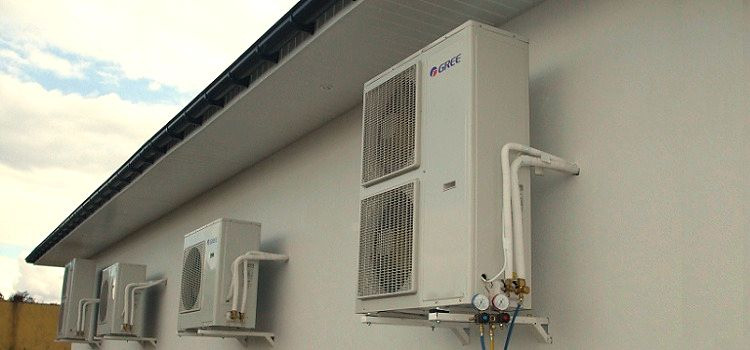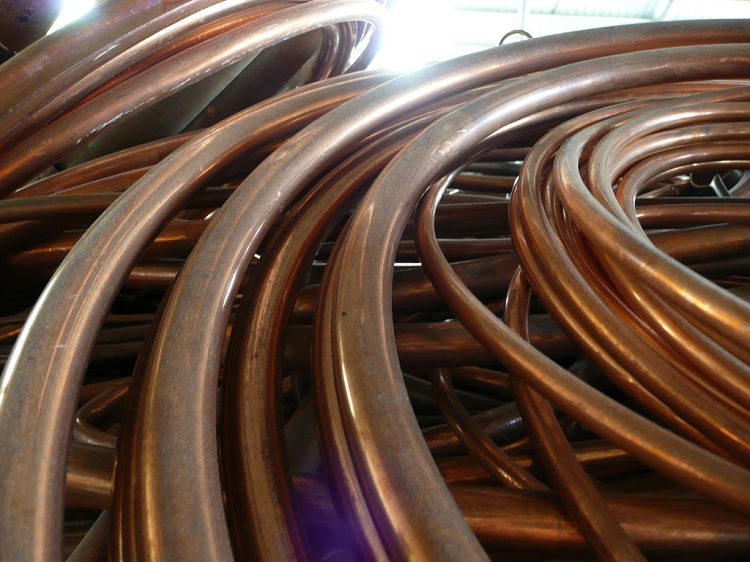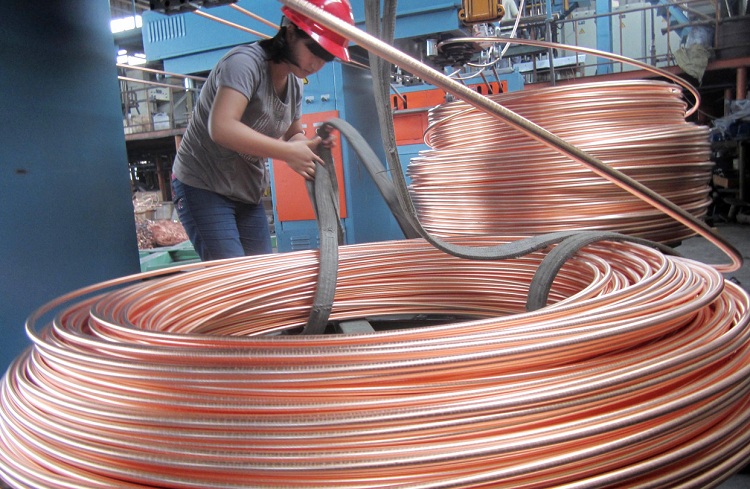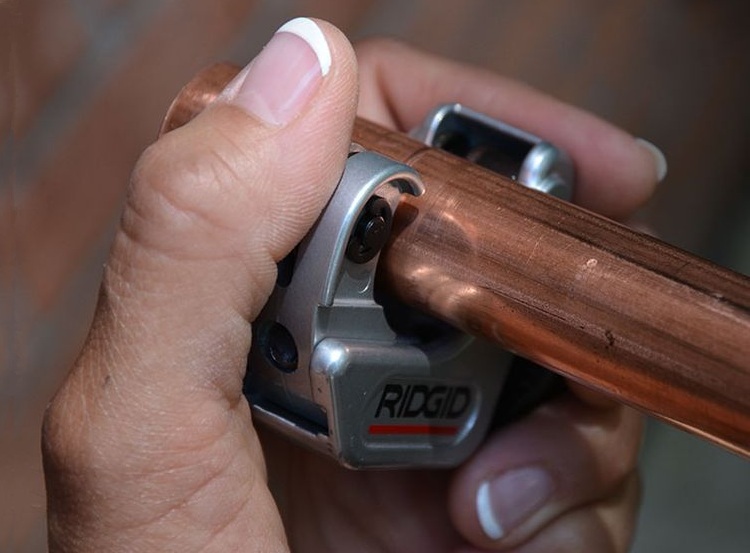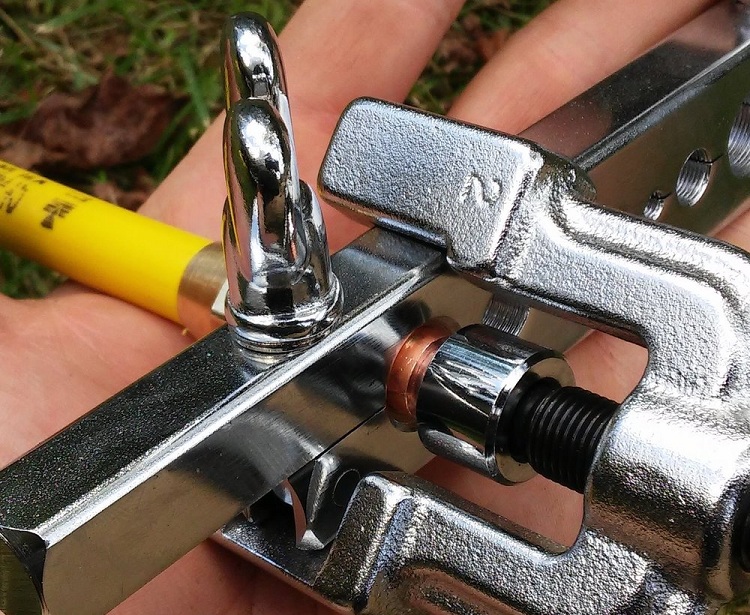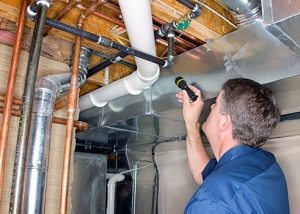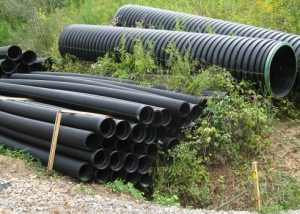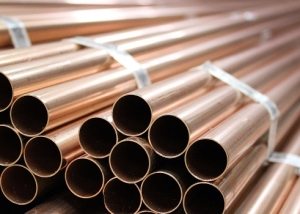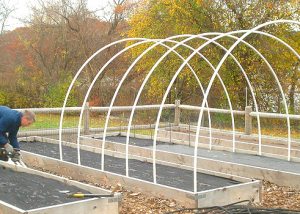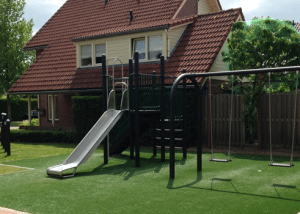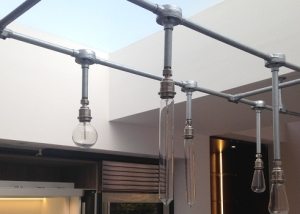Air conditioning tubes are used in split systems for transporting refrigerant (freon, refrigerant, etc.). For air conditioners, tubes made of copper material are used, as it is most suitable for transporting coolant. In order to achieve maximum operational performance of HVAC equipment, it is necessary to select the correct diameter of copper communication.
Content
Reasons for using copper piping in air conditioners
The use of copper tubes in split systems is explained by their physical characteristics. Consider the main positive qualities that are inherent in products of this non-ferrous metal:
- such material does not come into contact with refrigerants;
- the air conditioning tube has a high throughput, as its inner walls are characterized by minimal roughness. The refrigerant moving through them, as a rule, encounters minimal resistance along its way;
- they are highly resistant to temperature fluctuations, which is a very important characteristic, given their operational affiliation;
- high coefficient of ductility;
- gas tightness, which is necessary when transporting gaseous coolants;
- high resistance to harmful effects of corrosion;
- light weight.
It is worth noting that not all climate systems use copper communications. For example, many brands of foreign cars use aluminum tubes as a cooling line.
The main dimensions of copper pipes in domestic climate systems
To joint the indoor and outdoor unit of the climate system, as a rule, copper tubes are used, which differ in terms of cross-section. This is due to the fact that a liquid type refrigerant is supplied through one pipeline, and gaseous freon is supplied through another. In most cases, the communication through which the coolant is transported from the evaporator to the condenser has a larger cross section.
Note! In split systems, copper communications are most often used, which have cross-sections of 6, 35 and 9.52 mm. There are also less common indicators of the cross-section of the tubes for transporting refrigerant - 12.7 and 15.88 mm.
The main criterion for choosing such tubes is the performance of the climate equipment. There is a certain pattern: the higher the system performance indicator, the thicker the copper line will be. From all this we can conclude that the tubes for the installation of cooling circuits are selected individually for a particular case.
The correct selection of the cross-sectional indicator of copper communication determines the speed of transportation of the refrigerant and the general operational characteristics of the split system. As for the wall thickness of such parts, it usually does not exceed 0.7 mm. This is due to the need for bending and rolling of copper tubes when installing a split system, which would be problematic with a thickness that exceeds this figure.
The most popular brand of copper for the manufacture of such products is CU-DPH. It has a high resistance to corrosion. Such tubes are produced and stored in special bays, which have a length of 15 to 50 m. Such products are often produced annealed, which makes it easy to form the necessary cold-transporting communication from them.
Without fail, the ends of such parts must be equipped with special protective caps that protect the internal cavity of the tube from clogging.
How to repair a copper pipe?
How are air conditioning tubes repaired when they leak? If there is a leak in the cooling communication of the air conditioner, care must be taken to replace the damaged area. To do this, you need to determine the size of the replaced segment. As mentioned above, the lines transporting liquid refrigerant differ in terms of cross section from the lines along which the gaseous substance moves.
Having determined the size, you can proceed directly to cutting the damaged pipe. To do this, it is recommended to use a special cutting tool - a pipe cutter.
Let us consider in stages the process of cutting a damaged copper pipe using a pipe cutter:
- First, the pipe cutter is installed on the end of the part.
- Then you need to start rotating it. The rotation is slow, counterclockwise and as a result, the part is cut.
- After removing the damaged area of the copper communication, it is necessary to clean the cut-off area from the burrs. This is a very important point, since the ingress of any foreign particles (copper chips, dust, etc.) into the pipe entails disastrous consequences.
Thanks to the use of a pipe cutter, you can get a perfectly flat angle, which will be 90 degrees.
Flaring of the ends of copper tubes for a split system
As a rule, during the installation of HVAC equipment, nuts (reverse) and special fittings are used to connect copper pipes. A fitting is a nozzle that is used to connect various communications, including the cooling circuits of split systems.
In order to tighten the nut at the end of such a tube, a certain preparation of the part is required, namely, rolling. Flaring allows you to give the ends of the pipes the required diameter for subsequent connection between them using nuts and fittings.
For milling of copper products, special milling tools are used, which can be purchased at any specialized store. In addition to the roller, it is necessary to prepare a vise, which in most cases is sold complete with it.
Consider the rolling process in stages:
- A reverse type nut is threaded onto the end of the copper part.
- Next, clamp the workpiece in a vise. The clamping should be done with a slight indentation from the edge of the copper part.
- At the end, by means of a roller, the edge of the copper product is worked out.
Helpful advice! If the edge cracked during the rolling process, you just need to remove the damaged end of the copper tube and do the operation again.
Flaring is recommended to be carried out very carefully and not in a hurry, otherwise the edge of the pipe may crack and will have to carry out all the work first. If necessary, you can always contact a specialist who is able to perform high-quality installation of this communication.
